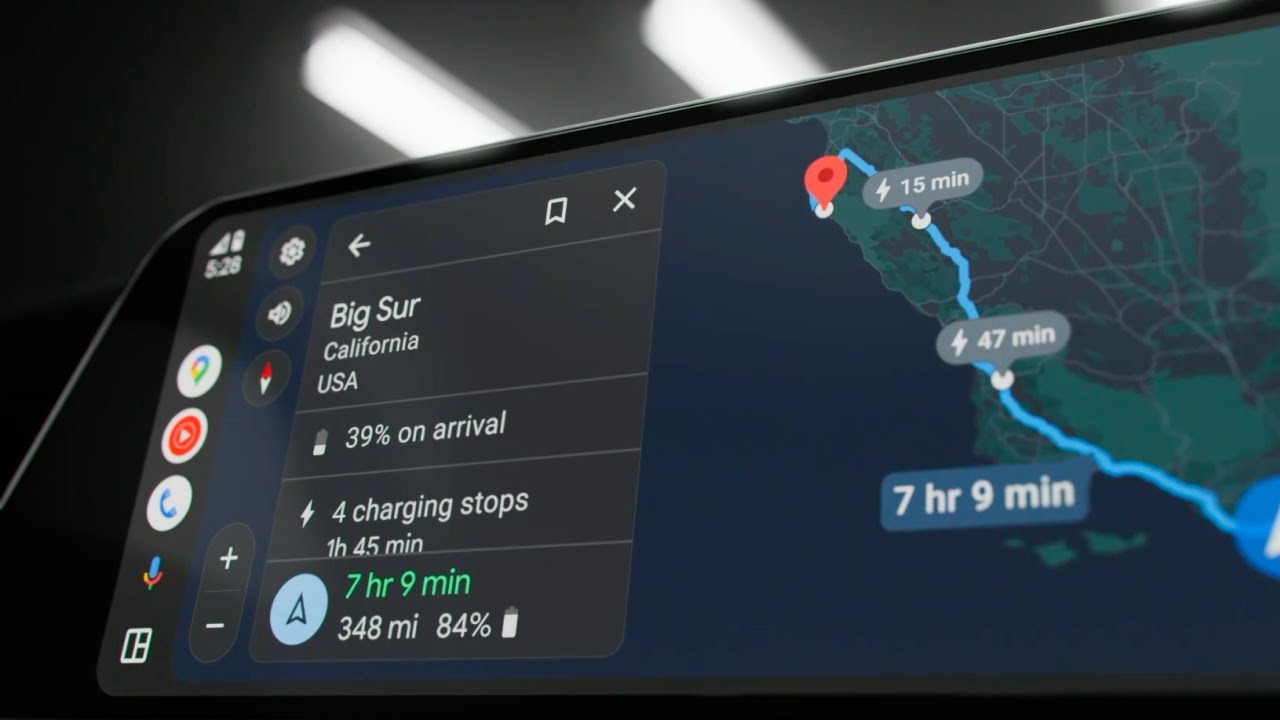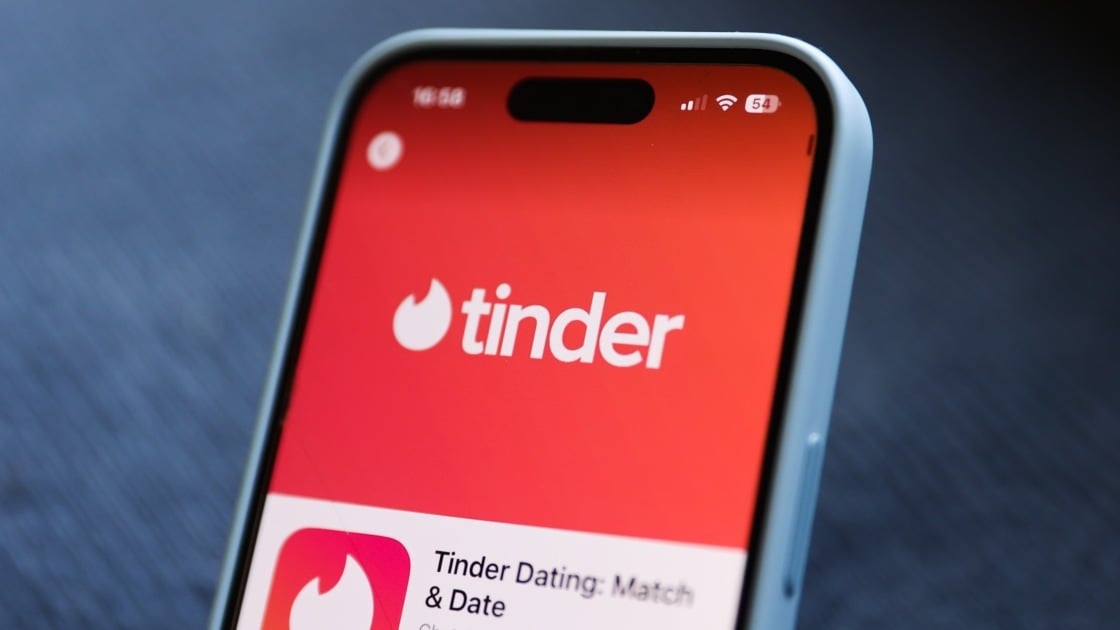With a sleek design and an anti-glare tandem OLED, the MatePad Pro 12.2-inch boasts a notable edge.
Although Huawei continues to produce quite commendable smartphones — the Pura 80 Ultra features remarkable cameras — I think the company’s prospects in global markets are more promising with wearables and tablets. The Huawei Watch Ultimate 2 demonstrated the brand’s capabilities in this sector, and it’s so impressive that I transitioned from the Apple Watch Series 11 to it.
The narrative is similar with tablets; the MatePad Pro 12.2-inch presents clear advantages over the Galaxy Tab S11, as Huawei utilizes a tandem OLED — akin to the iPad Pro M4 and M5 — along with a distinct anti-glare panel, stylish design, excellent battery endurance, and robust internals. In the U.K., the MatePad Pro 12.2-inch is priced at £899 ($1,198), yet Huawei is currently offering it for £827. It is available in a single 12GB/512GB variant in the U.K.
An amazing anti-glare tandem OLED
Over the past three months, the MatePad Pro 12.2-inch received as much usage as my iPad Pro M4, and this is primarily due to the panel’s quality. I’m utilizing the PaperMatte edition of the tablet, and Huawei’s innovative anti-glare coating replicates the sensation of paper, enhancing the overall usage experience.
The 12.2-inch tandem OLED delivers outstanding color quality and superior brightness compared to most tablets, achieving a resolution of 2800 x 1840 and a 144Hz refresh rate. In fact, it is the brightest tablet available, significantly outperforming the Galaxy Tab S11 and other Android competitors. What’s particularly intriguing is that it surpasses the brightness of my iPad Pro M4.
Although there is no HDR support for Netflix or YouTube due to Huawei’s situation with Google, the tablet excels with SDR content. The panel exhibits remarkable color vibrancy, and the heightened brightness greatly enhances outdoor usability. Equipped with four audio drivers, it provides detailed onboard sound that is enjoyable for both casual viewing and gaming.
I primarily utilized the tablet for reading ebooks and magazines, and Huawei features a specific mode that switches the panel to monochrome, making it easier on the eyes. Additionally, there’s a color ebook mode that is perfect for those who like reading comics on the device.
Stylish design with practical accessories
The design is impressive as well; the front showcases thin bezels that are consistent on all sides, and at 5.5mm, the MatePad Pro is just slightly thicker than the 13-inch iPad Pro. The tablet’s back is constructed from polycarbonate, and although metal would have been my preference, I found no issues with the build quality. Weighing in at 508g, the tablet isn’t overly heavy, making it comfortable to hold, and I encountered no challenges in regular use.
The front camera is discreetly integrated into the bezel, to the point where it remains unnoticed during standard usage — only when you squint at it can you detect its presence. The camera quality is satisfactory, although I primarily use it for briefings. Interestingly, there are two rear cameras — a 50MP main lens and an 8MP wide-angle — resulting in a rear camera module that is larger than that found on most other tablets.
Good accessories are essential for a tablet, and the reason I now utilize the Xiaomi Pad Mini for managing my smart home is due to its specialized case and stylus. Huawei excels in this domain, providing the MatePad Pro 12.2-inch with a keyboard and stylus included. The Glide Keyboard connects wirelessly via Huawei’s NearLink protocol, and features a compartment for stylus storage. On that note, while the M-Pencil 3 stylus is not included, it is available as a complimentary add-on with the tablet purchase.
The keyboard provides a comfortable typing experience; the keys have adequate travel, a spacious touchpad is included, and it doesn’t add significant bulk to the tablet overall. The only drawback is the absence of backlit keys, but aside from that, it was pleasurable to use — the keys feel as proficient as the Magic Keyboard for my iPad Pro M4.
The M-Pencil 3 is exceptional; the stylus is perfect for note-taking and sketching, and it pairs seamlessly with the brand’s GoPaint app. What I particularly appreciate is that the matte finish of the tablet is particularly well-suited for note-taking, giving the MatePad Pro a definitive advantage over the iPad Pro and Galaxy Tab S11.
Battery life has also been flawless; the 10,100mAh battery effortlessly lasts more than a day even with extended TV show binges, and in my experience, I had to
Read More






